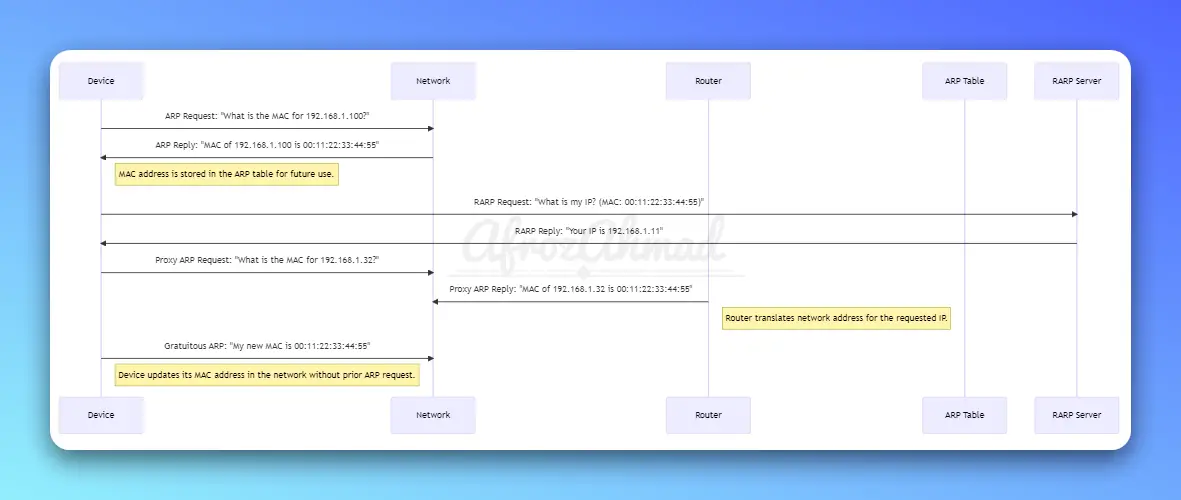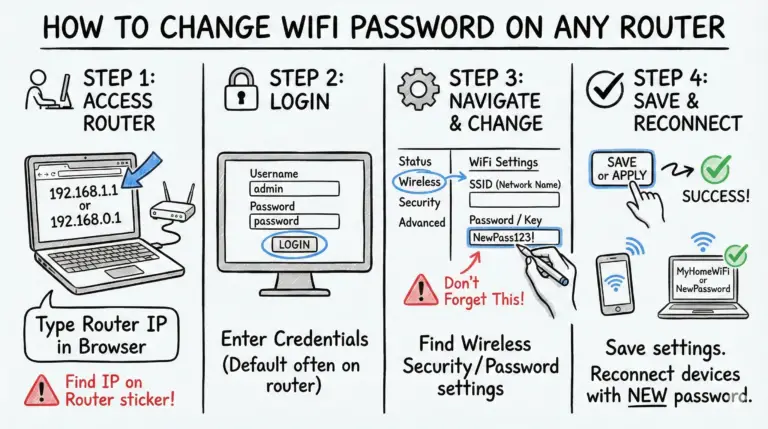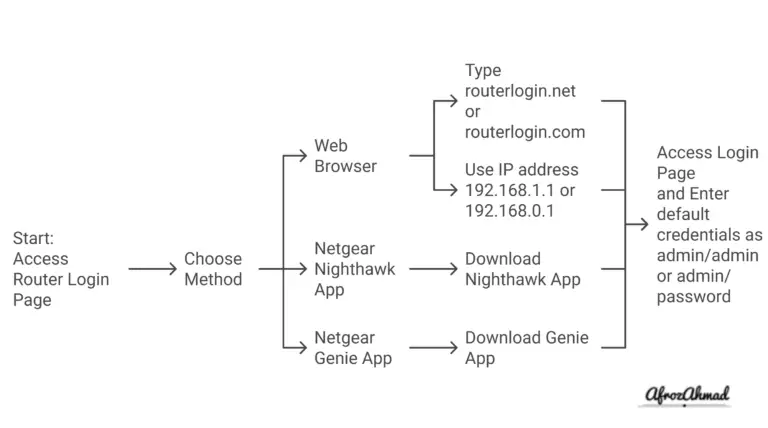Unraveling the Concepts of ARP, RARP, Proxy ARP, and GARP
Understanding the critical concepts of networking protocols like ARP (Address Resolution Protocol), RARP (Reverse Address Resolution Protocol), Proxy ARP, and GARP (Gratuitous Address Resolution Protocol) is instrumental in building robust network systems. In this article, we delve into the specifics of these protocols, their purposes, and the contexts in which they are implemented.
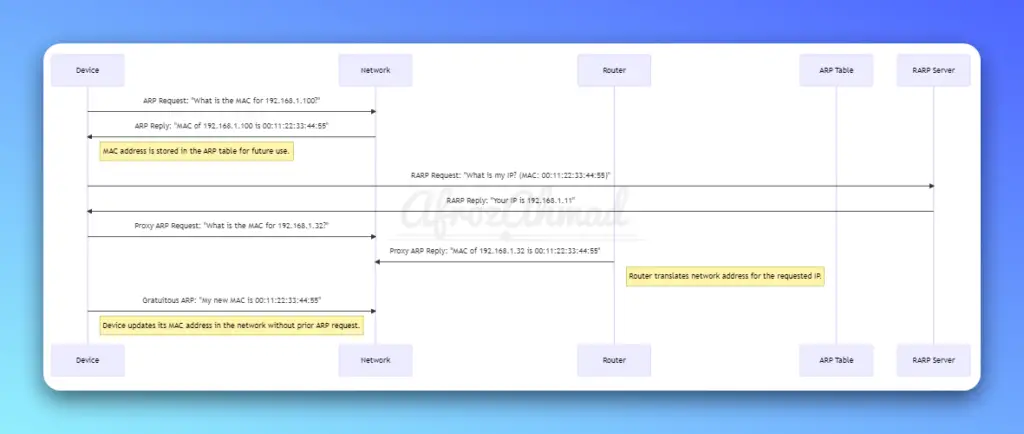
ARP, RARP, Proxy ARP and GARP
Here’s a comparison table for a quick overview:
| Protocol | Purpose | Benefits | Drawbacks |
|---|---|---|---|
| ARP | Discover the MAC address of an IP address. | Enables IP to MAC mapping, facilitates communication between devices on a network. | Can lead to ARP flooding if not properly managed. |
| RARP | Used by diskless workstations to discover their own IP based on MAC address. | Allowed diskless workstations to operate in a network by mapping MAC to IP. | Only operates within a broadcast domain, no additional data can be sent other than IP, superseded by BOOTP and DHCP. |
| Proxy ARP | Allows a device (usually a router) to respond to an ARP request intended for another machine. | Facilitates communication in certain network scenarios such as NAT. | Could potentially create security risks if not properly controlled, might lead to unexpected network behavior. |
| GARP | Allows a node to announce or update its IP to MAC mapping to the entire network without an ARP request being made. | Helps in maintaining updated network information, particularly useful in HA scenarios where a VIP is used. | Could potentially create security risks if not properly controlled, which might lead to unexpected network behavior. |
This table provides a high-level comparison of ARP, RARP, Proxy ARP, and GARP. Remember that each protocol’s benefits and drawbacks might vary depending on the specific network configuration and requirements. For a more detailed understanding, let’s dive in.
What is ARP or Address Resolution Protocol?
ARP plays a crucial role in IP networking and resides at the Link Layer of the OSI model. Its primary purpose is to map the IP address to the corresponding MAC address. This function is vital in maintaining seamless network communication, particularly within a LAN (Local Area Network).
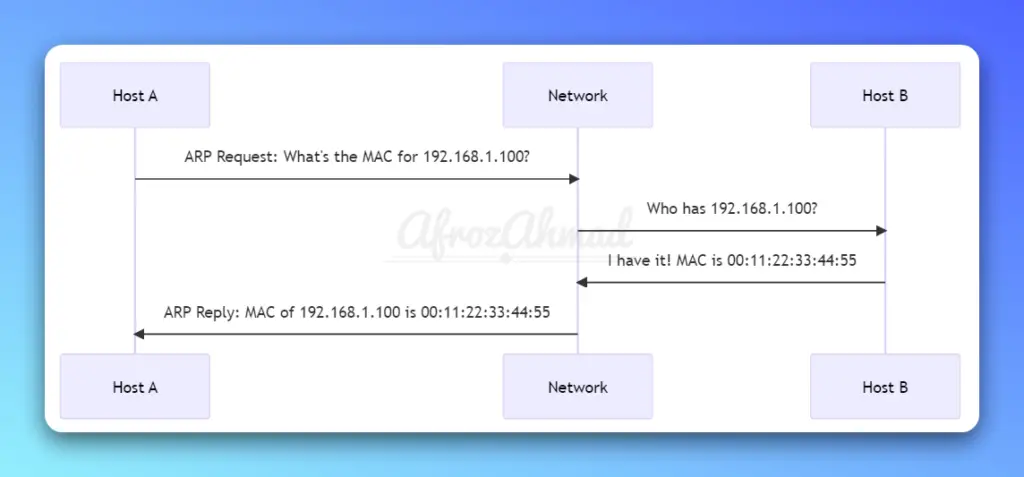
Let’s illustrate this with an example:
– ARP Request: “Hey Network, who owns the IP address 192.168.1.100?”
– ARP Reply: “Hi, that’s me! My MAC address is 00:11:22:33:44:55.”
The discovered MAC addresses are stored in an ARP table, which is essentially a cache, for future reference and quick address resolution.
What is RARP or Reverse Address Resolution Protocol?
RARP is a legacy protocol, now superseded by BOOTP (Bootstrap Protocol) and DHCP (Dynamic Host Configuration Protocol). RARP was initially designed to allow diskless workstations to discover their IP addresses based on their MAC addresses.
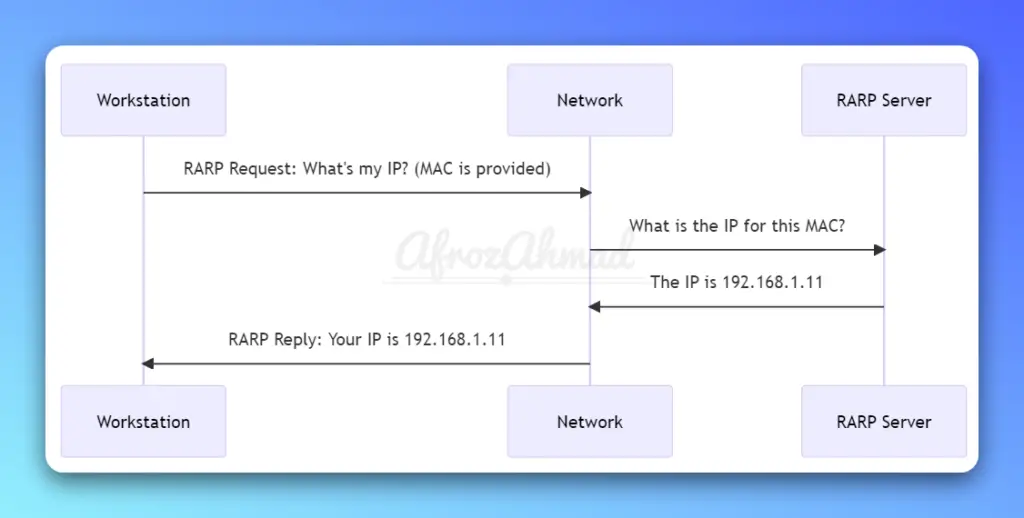
To provide a better understanding, let’s consider this example:
– RARP Request: “Hey Network, what is my IP address (given my MAC address)?”
– RARP Reply: “Your IP address is 192.168.1.11.”
RARP had its limitations, leading to its eventual replacement:
– MAC to IP mappings had to be manually populated on the RARP server.
– It was incapable of sending additional data (like DNS, NTP) except for the IP address.
– It was restricted to a single broadcast domain.
These limitations gave way to BOOTP and later DHCP, the latter providing a pool of addresses for dynamic allocation.
What is Proxy ARP or Proxy Address Resolution Protocol?
Proxy ARP is an ARP variation often used by routers to respond to ARP requests intended for a different machine. This approach can be seen in situations like Network Address Translation (NAT), where a router responds on behalf of another machine, directing the traffic flow to itself.
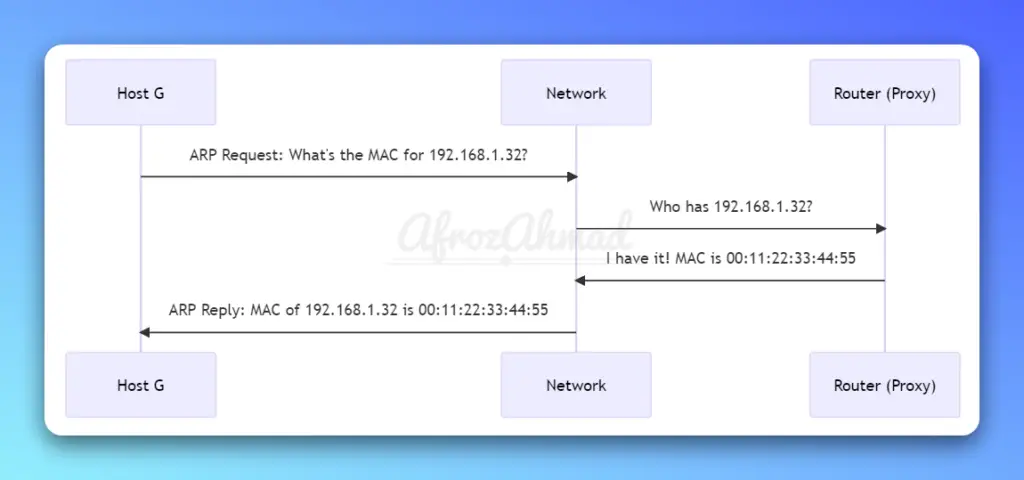
This process can be better visualized with an example:
– ARP Request: “Hey Network, who owns the IP address 192.168.1.32?”
– ARP Reply (from the router): “That’s me! My MAC address is 00:11:22:33:44:55.”
What is GARP or Gratuitous Address Resolution Protocol?
A GARP is a special type of ARP response that is not triggered by an ARP request. It is often broadcasted to announce or update an IP to MAC mapping to the entire network.
GARP is widely used in network High Availability (HA) scenarios, particularly where a Virtual IP (VIP) is used. When the active node fails and a backup node takes over, the backup node will broadcast a GARP message informing all network nodes of the new MAC address for the VIP, which is itself. The packet’s structure is depicted in the GARP packet figure.
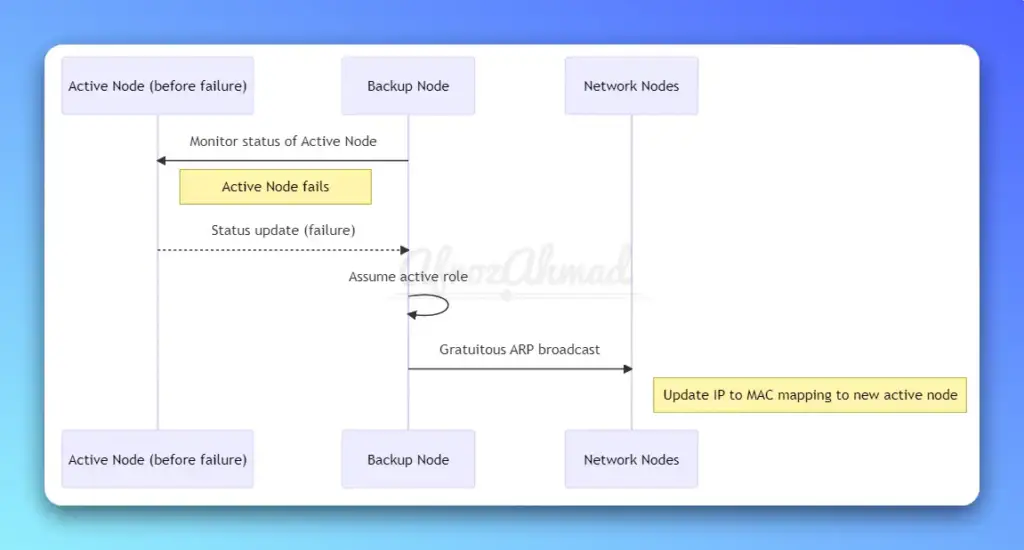
A Gratuitous ARP can be better visualized with an example:
- Gratuitous ARP Announcement: “Hey Network, I just want to let you know that the IP address 192.168.1.32 is now associated with MAC address 00:AA:BB:CC:DD:EE.”
Conclusion
A thorough understanding of ARP, RARP, Proxy ARP, and GARP is essential for any networking professional. These protocols facilitate the smooth functioning of IP networks and ensure efficient address resolution, thereby sustaining communication between network devices.
- How to Configure a Secure Site-to-Site VPN on Cisco Firepower Complete Guide - December 3, 2025
- Jobs for Network Engineers: Roles, Skills & Pay - December 3, 2025
- How to Change WiFi Password on Any Router : The Last Guide You Need - December 1, 2025

